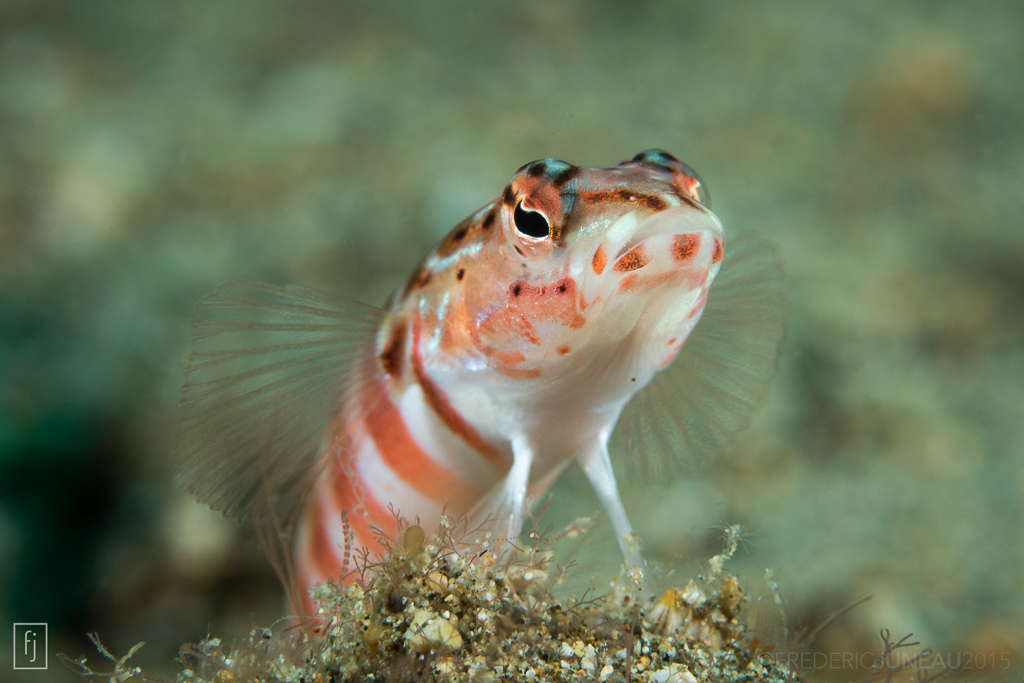Underwater photography is lot of fun; it is a great way to combine your passion for diving with your passion for photography. Just like learning “land” photography, this will be a journey, and this journey involves educating yourself and experimenting. In today’s digital world, we have numerous resources and powerful tools to take this on.
Educate and experiment
There are no shortcuts in underwater photography. You need to dedicate yourself to the learning process and really take the time to practice and refine your skills if you wish to improve.
It all starts with being able to produce technically correct photographs; properly exposed, sharp and well composed. Beyond getting it technically right, you will also begin to express yourself by showing your creative side, and how you see the world through your lens.

Canon EOS 7D Mark II, EF100mm f/2.8L Macro IS USM, f/16, 1/125 sec, ISO 200
Composition
Use the rule of thirds to achieve well-balanced composition in your shots, but don’t be afraid to try something else. Diagonals are strong and dynamic too! When shooting marine life, being at eye level with the subject will make the final shot more engaging for the viewer. Don’t be scared of negative space either, there’s no need to always put your subject in a box!


Canon EOS 7D Mark II, EF100mm f/2.8L Macro IS USM, f/16, 1/125 sec, ISO 200
Colours
Shooting underwater is challenging when it comes to colours. If you only shoot JPEG, use the correct white balance setting on your camera. If you shoot RAW, post-processing will give you more freedom to adjust colours. Distance kills colours underwater, so get closer! Introducing your own light source will also help bring colours back to life.
Your camera’s internal flash is of limited use underwater as it’s simply not powerful enough, and frontal lighting isn’t the best option (it flattens the image and introduces backscatter) either. The position and angle of your light source can reveal different shapes and textures, so if you’re not ready to invest in a strobe, you can always start experimenting with a handheld torch for starters.

Canon EOS 7D Mark II, EF100mm f/2.8L Macro IS USM, ISO 200, f/22, 1/125 sec, and +10 diopter
Proper camera settings, shooting angle and strobe positioning will allow you to create a black background in daytime.
Subject selection
Being able to choose your subject is an important photography skill. Apart from looking for an interesting subject, it’s also about choosing one that you have access to. An interesting subject doesn’t always have to be a rare fish; it can be a common one that you can showcase in an interesting way.

Canon EOS 7D Mark II, EF100mm f/2.8L Macro IS USM, ISO 200, f/11, 1/125 sec
Common subjects are beautiful -- and plentiful! Take the opportunity to practice your skills on marine life that aren’t skittish.
 |
EOS 7D Mark II (Body) |
 |
EF100mm f/2.8L Macro IS USM |
|
|
Frederic Juneau Profile of photographer Globe-trotter, scuba diving instructor and photographer, Fred is based in Thailand since 2010. Trained in commercial photography, his professional activities focus on underwater imaging, as well as advertising and reportage photography. |


































